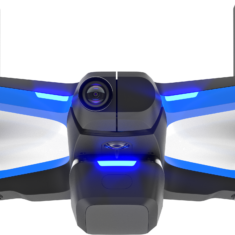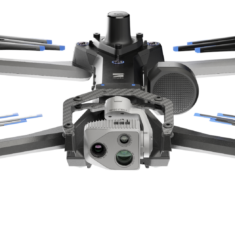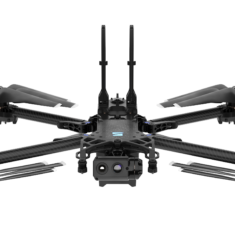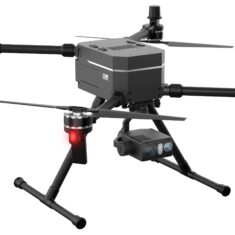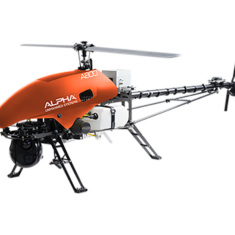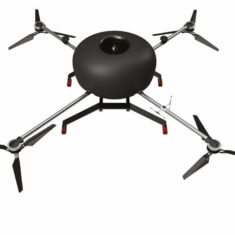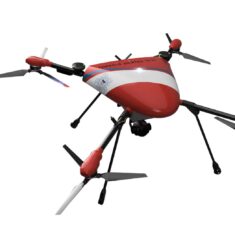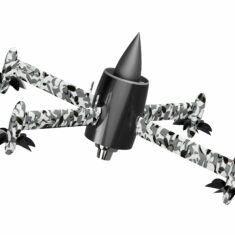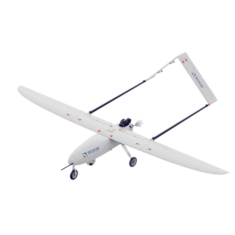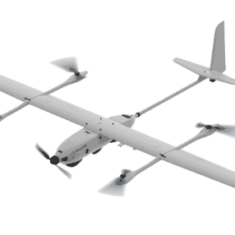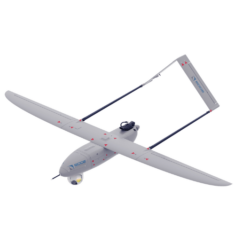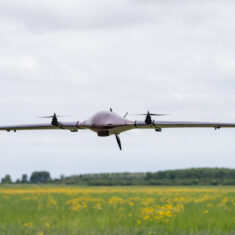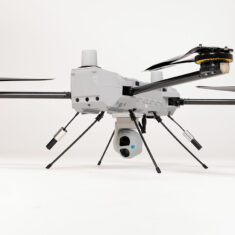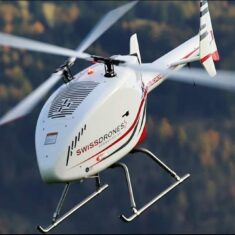Autonomous Flight
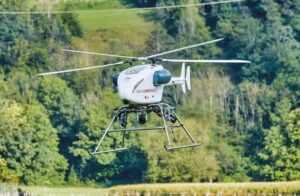
SwissDrones’ SDO 50 V2 Autonomous Helicopter UAV
Autonomous drones and UAVs (unmanned aerial vehicles) are able to make intelligent decisions without input from a pilot or operator, learning from and adapting to the environment and not being confined to a particular prescriptive algorithm. All types of drones may be equipped with autonomy capabilities, including fixed-wing, multirotor and unmanned helicopter platforms.
Autonomous Drone Applications
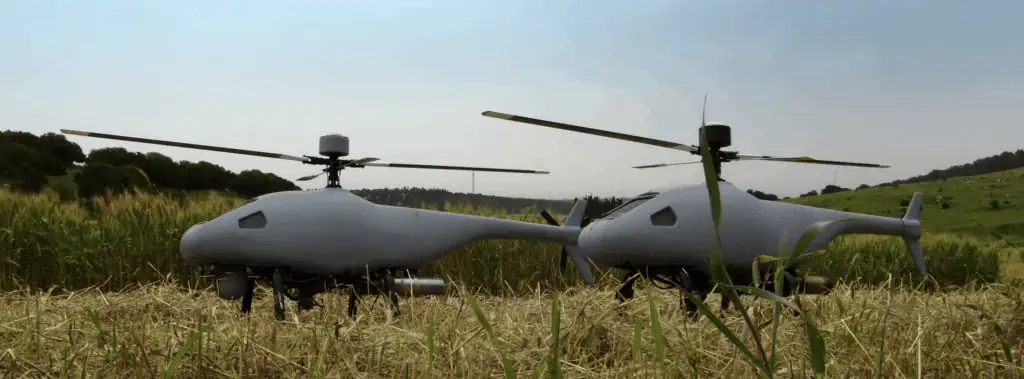
Steadicopter’s Black Eagle 50 Autonomous unmanned helicopter
Autonomous drones are being developed for a wide variety of applications, including package delivery, precision agriculture, inspection and monitoring, and mapping, in addition to military and defense missions such as surveillance and border patrol. They provide a number of advantages over remotely-controlled UAVs, including lower overheads due to reduction in required manpower, and streamlined operations.
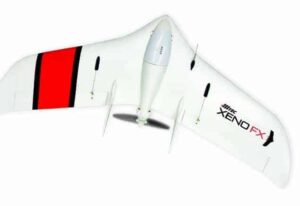
Hitec Unmanned Solutions’ XENO FX fixed-wing autonomous UAV
Autonomous flight is particularly important for BVLOS (beyond visual line of sight) operations, where drones may travel vast distances outside of the direct visual range of a pilot or observer. In order for BVLOS flight to be safe and efficient, drones require robust autonomous capabilities, with technologies such as artificial intelligence (AI), DAA (detect-and-avoid) and redundant communication links.
As the number of autonomous drones in use increases, U-space and UTM (unmanned traffic management) services may be increasingly required to co-ordinate all aircraft and their operations.
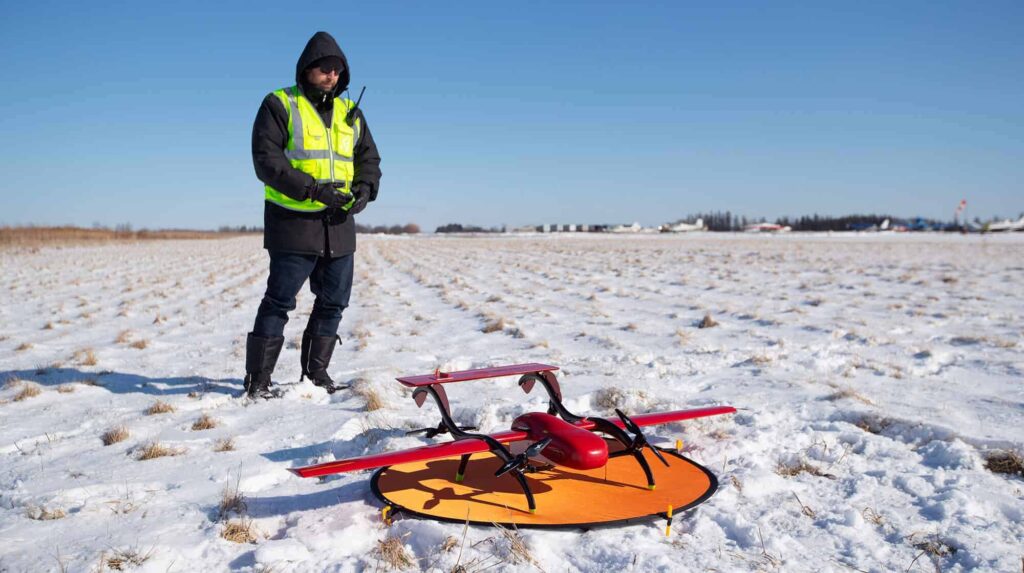
FIXAR 007 fully autonomous fixed-wing VTOL UAV
Sensors & Technology
Drones and UAVs may use a number of technologies to facilitate autonomous flight, takeoff and landing. LiDAR sensors are commonly used to provide a high-resolution picture of the drone’s surroundings and to detect obstacles and hazards. GPS-denied navigation is essential for when satellite signals are not available, and this may be achieved by inertial navigation systems.
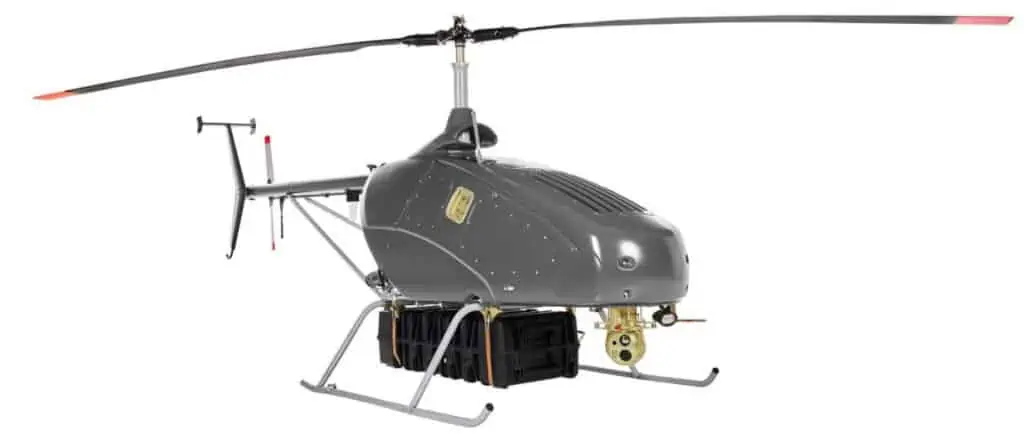
UAVOS’ UVH-500 Autonomous heavy-lift helicopter UAV
Levels of Autonomy
A number of frameworks are used to denote the level of autonomy possessed by an unmanned aircraft. One common scheme uses six levels from 0 to 5. Levels 1 and 2 require a human operator to be in control, with the system providing assistance with obstacle detection and warning. At levels 3 to 5, decreasing levels of monitoring are provided by the pilot, with level 5 drones able to fully operate without any expectation of human intervention.













